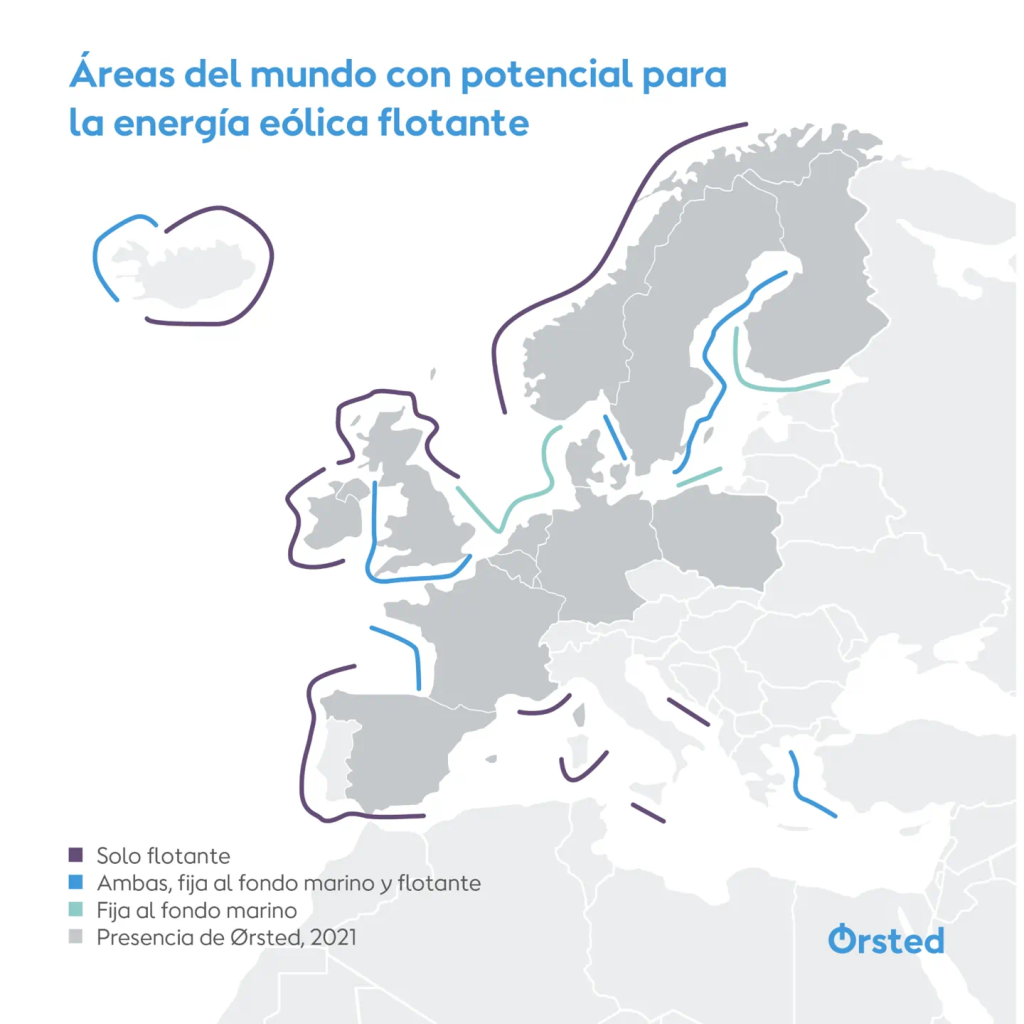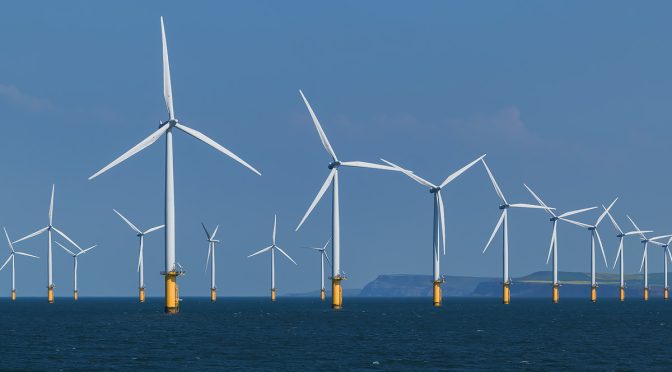Nine Heads of State & Government and the President of the EU Commission meet today in Ostend to agree new commitments on the build-out of offshore wind in the North Seas. This is a follow-up to last year’s Summit of Belgium, Demark, Germany and the Netherlands in Esbjerg. Those four are joined today by the UK, France, Ireland, Luxembourg, Norway and the UK. In an Industry Declaration more than 100 companies, representing the whole value chain of offshore wind and renewable hydrogen in Europe, outline what the nine Governments need to do now to deliver their offshore wind ambitions.
The Head of State & Government of Belgium, Denmark, Germany, France, Ireland, Luxembourg, the Netherlands, Norway and the UK meet today in Ostend to agree new commitments on offshore wind in the North Seas. They are joined by the President of the European Commission, their respective national Energy Ministers and the EU Energy Commissioner – and by over 100 CEOs from across the offshore wind value chain. It’s by far the biggest ever political Summit on energy in the North Seas. The aim: make the North Seas a renewable powerhouse for Europe.
This means increasing offshore wind capacity. But it also means developing the offshore wind grid of the future. Today offshore wind farms traditionally have point-to-point connections to shore, delivering renewable electricity to one onshore landing point only. In the future hybrid offshore wind farms will serve as interconnectors between countries and deliver their electricity to multiple markets. An interconnected and meshed offshore wind grid will distribute electricity more efficiently, improve supply security, lower the costs for offshore wind and reduce its impact on maritime biodiversity.
Industry Declaration calls for investments in European value chain
In an Industry Declaration more than 100 companies, representing the whole value chain of offshore wind and renewable hydrogen in Europe, welcome that the nine Governments want to reinforce their offshore wind ambitions at today’s North Sea Summit. The Industry Declaration outlines the urgent need to strengthen Europe’s wind energy manufacturing capacities. The signatories stress that an expansion of offshore wind in the North Seas in line with Europe’s net-zero targets must be made in Europe.
Governments bordering the North Seas understand that to make this a reality, major new investments are needed in wind energy manufacturing capacity and supporting infrastructure. In the EU, the recently proposed Net Zero Industry Act (NZIA) is an important first step. In the UK, Powering Up Britain plans to deliver energy security, investments and net-zero emissions.
However, these policies are falling short for now. Crucially the NZIA does not underpin Europe’s ambitions with adequate financing and funding mechanisms. It is overly focused on technological breakthroughs, rather than actual scaling up of existing supply chains. But expanding the offshore wind value chain is now primarily a volume game. Today Europe can manufacture 7 GW of offshore wind turbines a year. To meet the expansion path outlined in the Ostend Declaration Europe needs to manufacture 20 GW a year by the second half of this decade. And bottlenecks in the manufacturing of foundations, cables, substations and in the availability of installation, service and other offshore wind vessels are looming today already. Similarly, if the UK is to meet its 50GW target for 2030, significant acceleration is needed in grid development and supply chain investment.
The expansion of offshore wind must be underpinned by investments in grids and ports. Europe needs to double its annual grid investments and channel €9bn into the modernisation and expansion of its port infrastructure between now and 2030.
The Industry Declaration also touches upon financing mechanisms, auction design, industrial policy and electricity market design. All of these are crucial to unlock the investments needed to deliver Europe’s offshore wind ambitions. In 2022 not a single offshore wind farm reached final investment decision. Uncoordinated market interventions, price caps and national clawback measures deterred investments. Governments must restore investor confidence and allowing for a combination of Contracts-for-Difference, Power Purchase Agreements and merchant projects in their market design.
But investments alone don’t manufacture blades, navigate vessels or operate wind farms. Above all, national Governments must support build up the necessary skills base. The offshore wind workforce in Europe needs to grow from 80,000 today to 250,000 by 2030, creating an urgent need for training and reskilling programmes as well as changes to national school and higher education policies.
Sven Utermöhlen, WindEurope Chair and CEO of RWE Offshore Wind says: “Europe’s wind power is now needed more than ever. The North Sea Summit represents an important step towards increasing Europe’s energy security by supporting an accelerated development of offshore wind in the North Sea. For achieving the ambitious offshore wind buildout targets, we need to massively ramp up European wind supply chains by target industrial policy measures and adequate support instruments. This needs to be complemented by auction designs fit-for-purpose, taking into account inflation developments for increasing the investment certainty of both manufacturers and developers and thereby, allowing the lowest financing cost. Also important is an accelerated grid buildout. So we can maintain the competitiveness of energy-intensive consumers and provide secure and affordable energy for all in Europe.”

The Ostend Summit is setting the scene for a week full of wind energy developments. From 25-27 April more than 10,000 participants will gather in Copenhagen for the WindEurope Annual Event 2023. Expect more announcements on hybrid offshore wind projects in the North Seas – alongside political commitments, company announcements and the latest technology breakthroughs.


